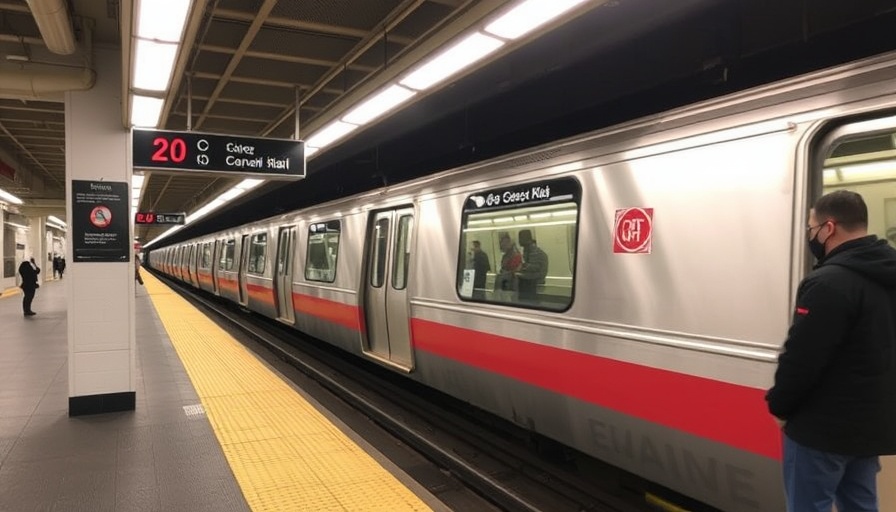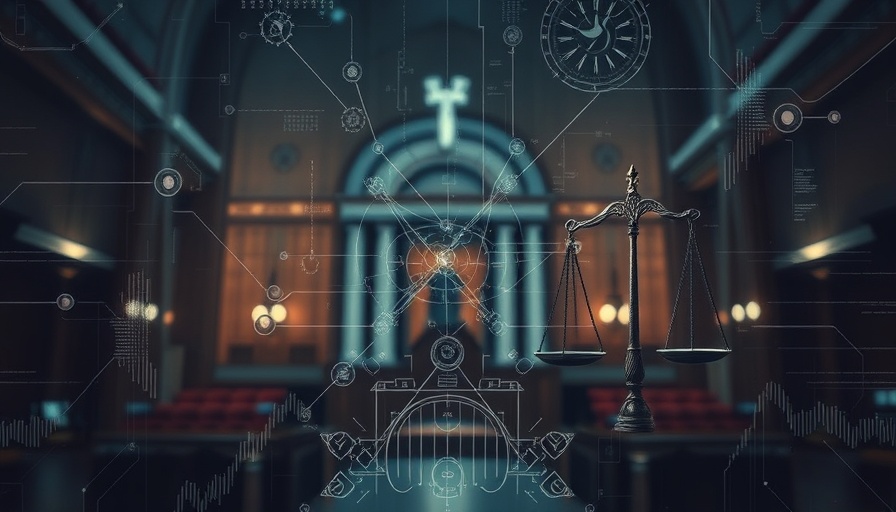
Understanding the Incident: Bystander Response to a Crisis
A chaotic scene unfolded outside an LA nightclub when a driver plowed into a crowd, leaving multiple injuries in his wake. Eyewitness accounts detail the immediate aftermath, where a group of bystanders—furious and concerned for the safety of those around them—took matters into their own hands. Amid the panic, some members of the crowd engaged in a violent confrontation with the driver, culminating in bystanders beating him and discharging firearms. This shocking response to a public safety threat provides a lens through which to examine the complexities of mob mentality, self-defense, and community engagement in emergency situations.
The Broader Implications of Vigilante Justice
This incident raises critical questions about the societal norms governing vigilante justice. As communities grapple with crime, especially in urban centers, the responses of individuals witnessing acts of violence can vary dramatically. Some advocate for immediate action, believing that inaction could lead to further chaos or harm, while others argue that such responses only escalate violence and erode trust in law enforcement. This incident reflects a growing trend of civilians feeling empowered to intervene in public safety crises, but at what cost to societal order and legal norms?
Context of Public Safety Concerns in Urban Areas
Security within urban contexts has become increasingly contentious. Cities across the nation face rising crime rates, leading to heightened anxiety among residents and visitors alike. In Los Angeles, debates about public safety influence both local legislation and political discourse, especially surrounding issues like gun control and emergency response protocols. Policy decisions made at the municipal level filter up, directly impacting the behaviors and expectations of citizens during public threats.
The Role of Law Enforcement and Community Relations
This incident brings to the forefront the delicate relationship between law enforcement agencies and the communities they protect. Bystander actions challenge the traditional roles of police in maintaining order. Many Americans feel frustrated with perceptions of police inaction or inadequate responses to violence, leading to a breakdown in community trust. The calls for systemic reforms in policing, which have gained momentum in recent years, are now juxtaposed with incidents like this and the public’s increasingly volatile expectation for immediate accountability.
The Impact of Legislation on Bystander Intervention
Legislative frameworks can either encourage or hinder bystander interventions. In many states, Good Samaritan laws protect individuals who intervene in emergencies from liability, enabling them to act without fear of legal repercussions. However, the nuances of these laws can be confusing, leading to hesitancy among potential interveners. Additionally, with the society engrossed in a national discussion about the Second Amendment and gun control measures, the implications of armed bystanders responding to crises could signal a significant shift in the collective understanding of self-defense.
The Psychological Dimensions of Crowd Behavior in Emergencies
A deeper understanding of crowd psychology reveals how group dynamics influence behavior during emergencies. Studies show that when individuals are part of a crowd, they may act in ways that differ sharply from their actions as individuals. The natural instinct to support fellow citizens in distress can be amplified, leading to aggressive or protective behaviors that might not occur in a one-on-one scenario. This phenomenon reflects both the power of collective action and the risks associated with mob mentality, emphasizing the need to consider psychological factors when examining incidents like the one in Los Angeles.
Responses and Reflections from Public Leaders
In light of the attacks, local leaders and representatives have begun issuing statements that call for unity and understanding amid the turbulent atmosphere. Political figures in Congress have taken this opportunity to reiterate positions on violence, public safety, and community resilience. Democratic and Republican leaders alike may find common ground in advocating for more robust community policing initiatives, dialogues addressing civic responsibility, and comprehensive crime prevention strategies.
Asking the Tough Questions: Should Bystanders Engage?
This incident calls us to reflect on critical ethical dilemmas: When should citizens intervene, and to what extent? Despite the noble intentions behind helping others in emergency situations, there is a thin line between intervention and escalation of violence. Navigating these treacherous waters is becoming increasingly relevant as we witness similar occurrences taking place across the nation.
Do we empower bystanders to act, or do we risk chaos by fostering a culture of engagement? The reflections from this incident will inform future public discussions, legislative actions, and community-building efforts necessary for a safer tomorrow.
 Add Row
Add Row  Add
Add 




Write A Comment